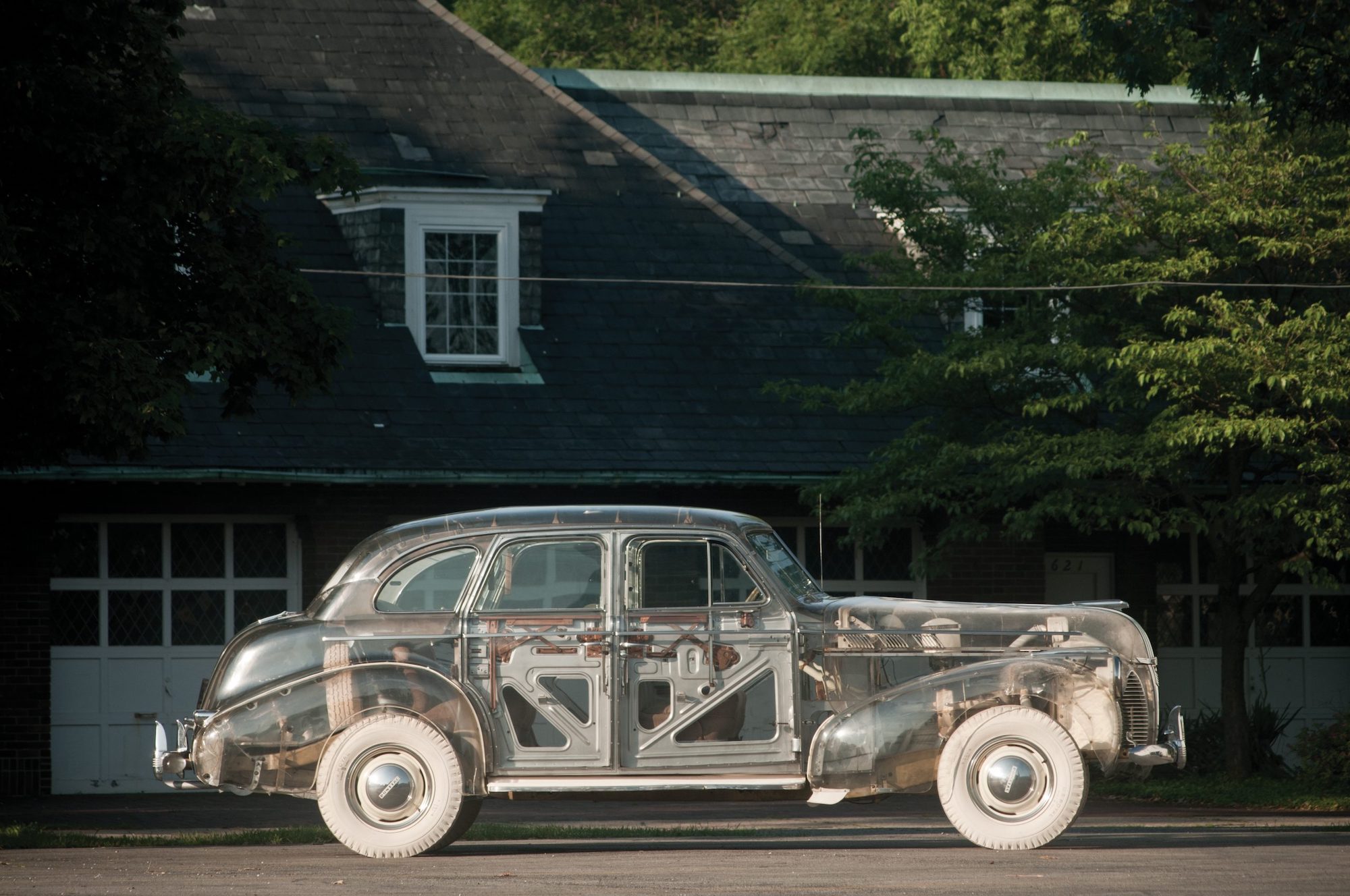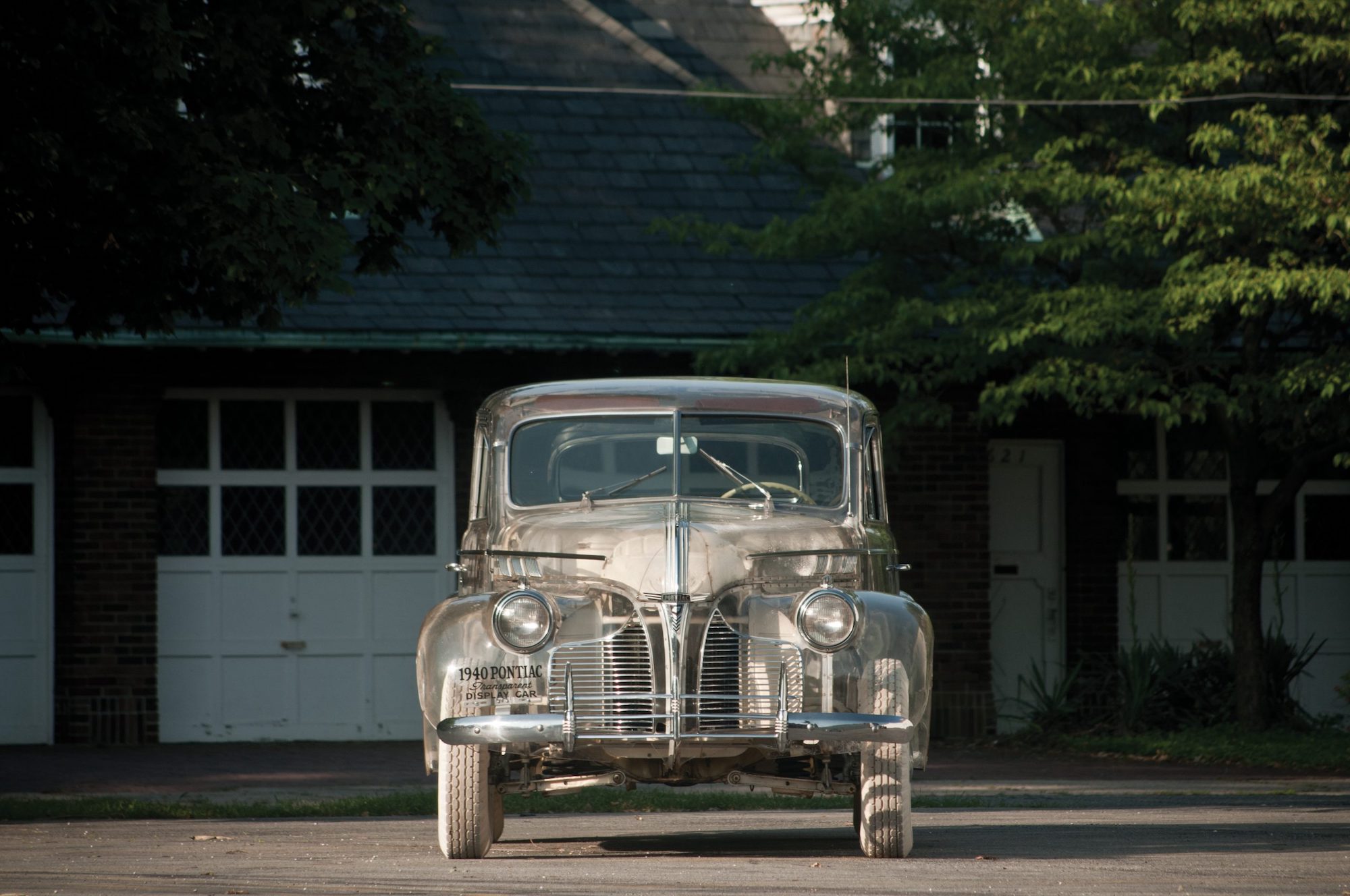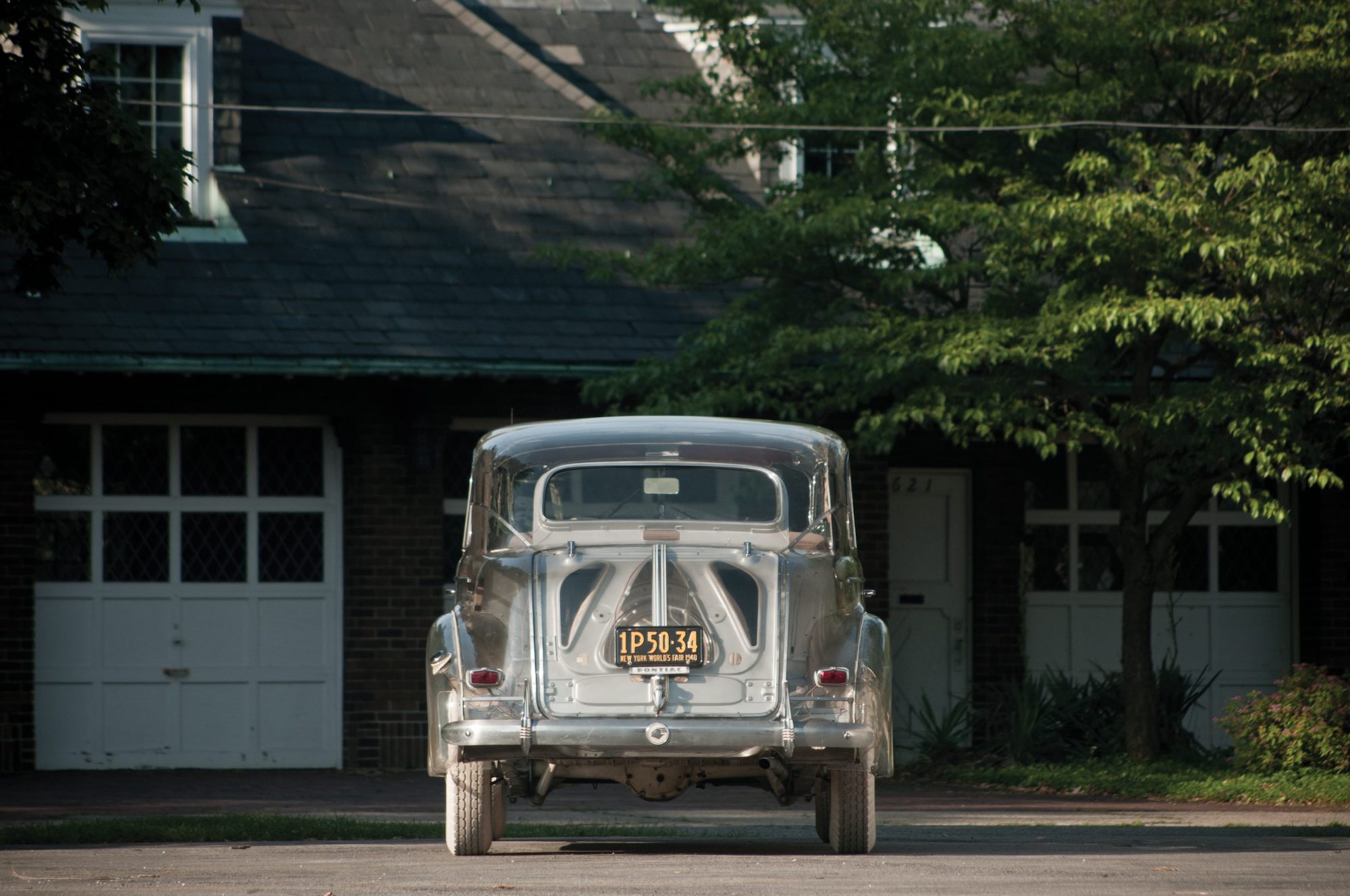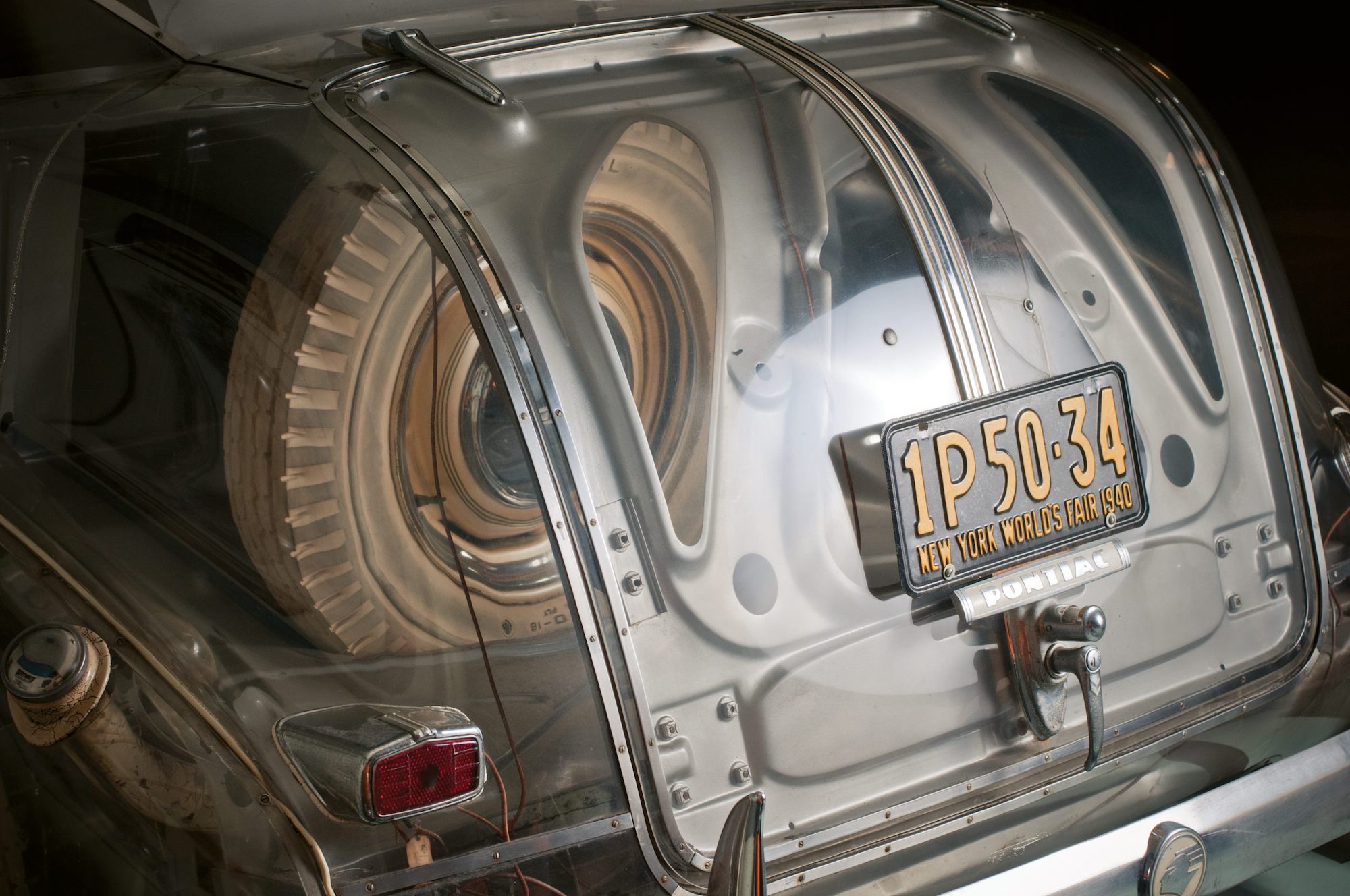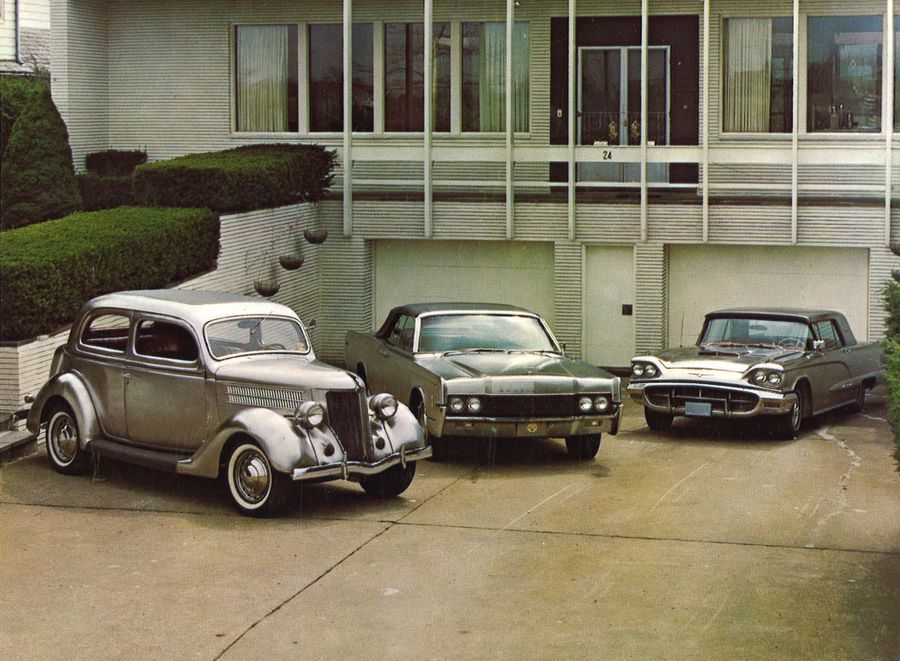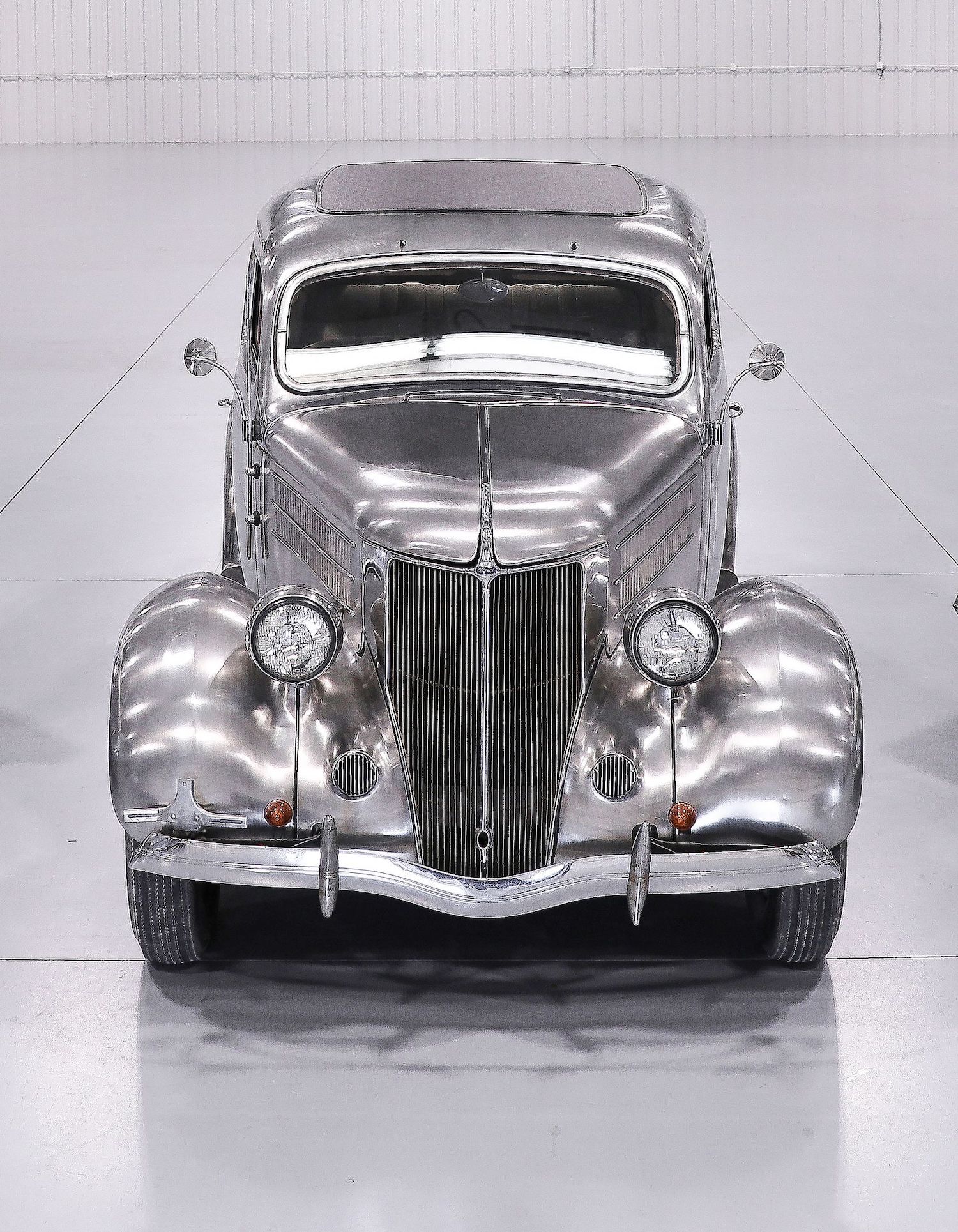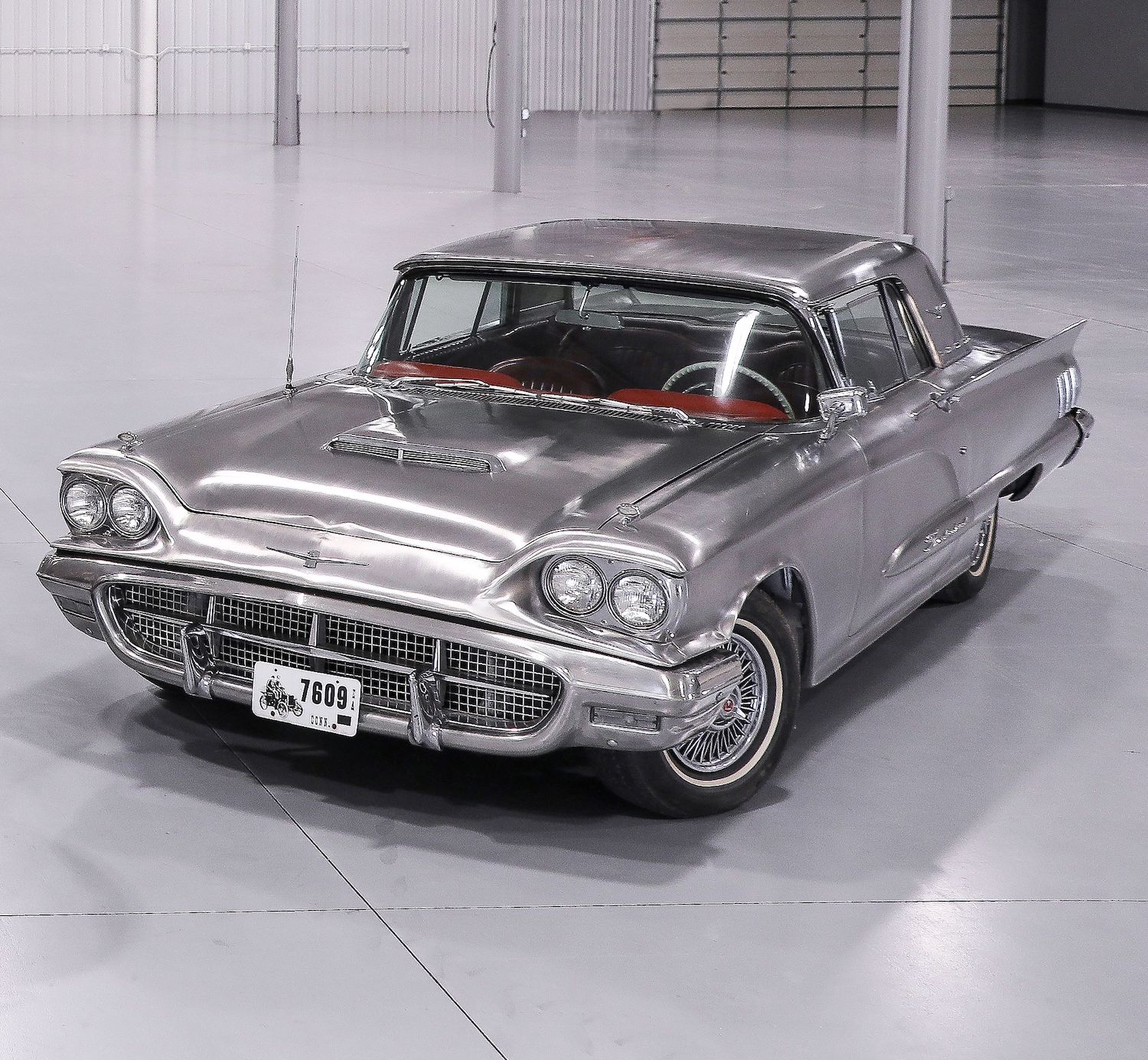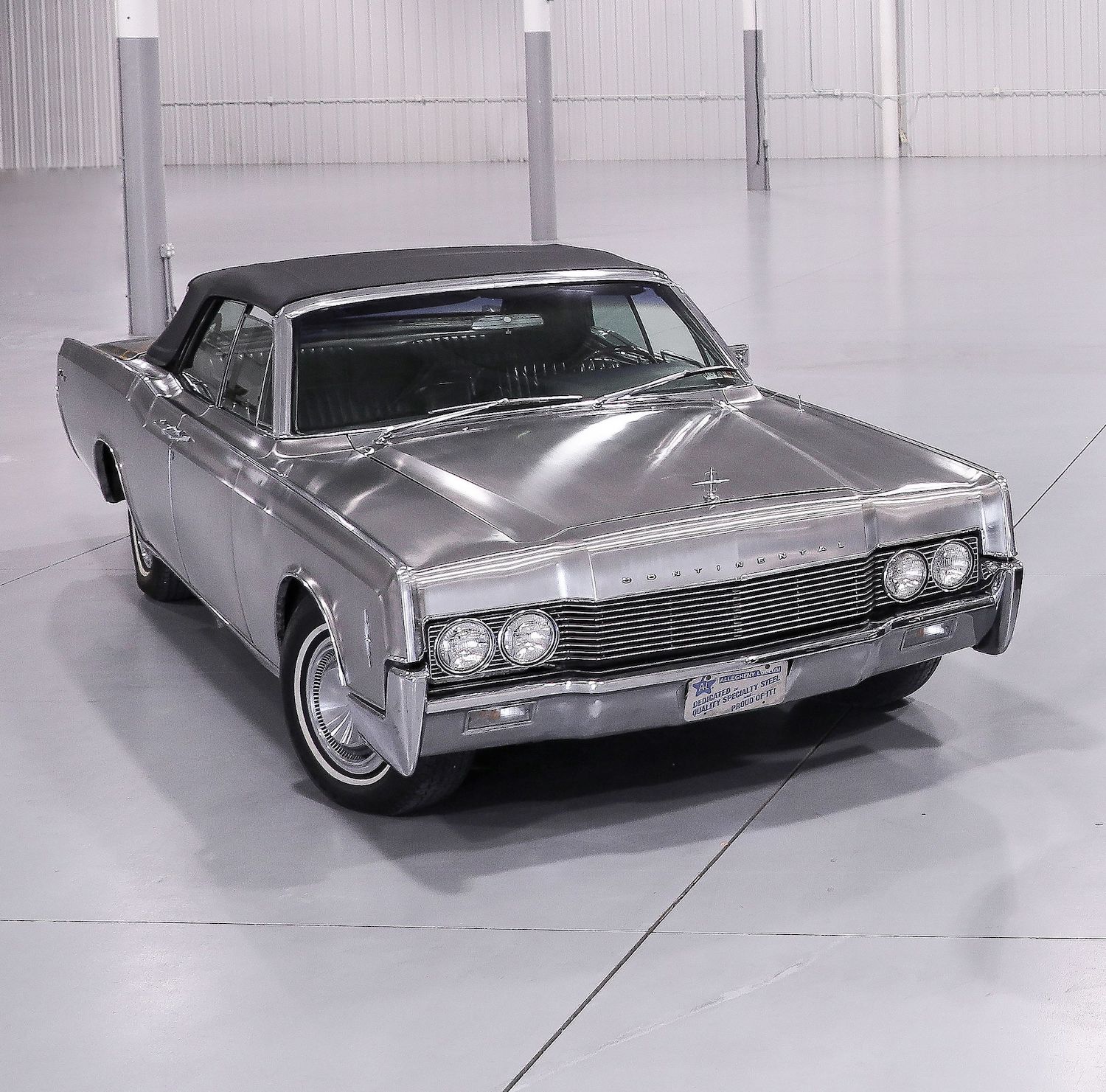American Obscurities: Bare Steel and Plexiglas-Bodied Cars
The specificities of American car culture…
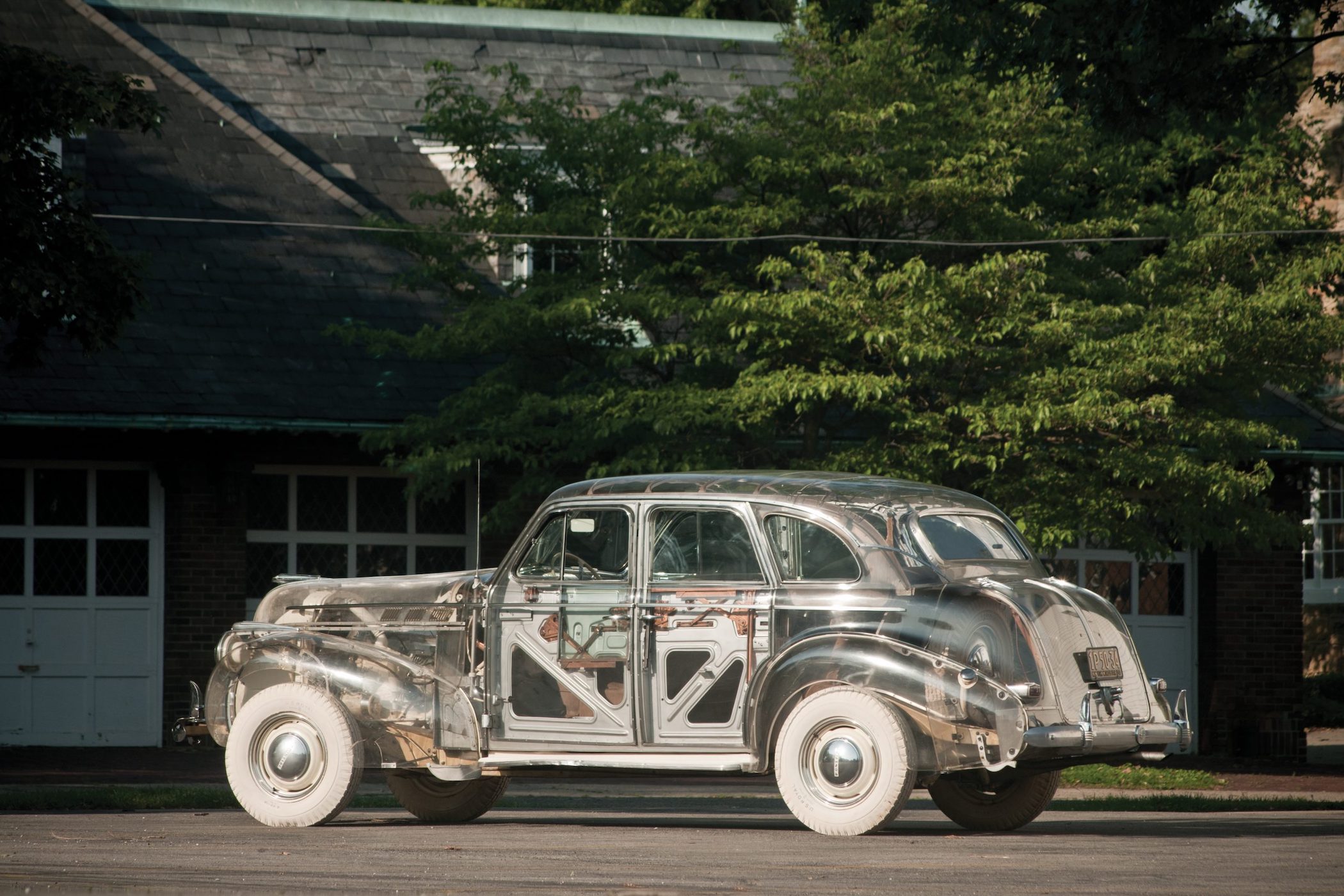
American car culture can be a weird thing sometimes, incomparable to other cultures. It is an endless source of interesting stories and cars. It might not be to everyone’s liking as there’s a wide range of styles and followings. This week we take a look at two stories by two leading manufacturers displaying their skill and know-how in new technology and design. On one hand, we have a transparent car by Pontiac (General Motors) from the 1930s and on the other, we have a trio of bare steel Fords.
General Motors, parent to a whole portfolio of brands, and Ford are leading car manufacturers, both in the US and abroad. Besides building regular road cars for regular people, they have spawned some hugely interesting machines that get Petrolhead’s gears racing a little faster! Most people might think of a Mustang, Camaro, Corvette, Charger and Challenger, a Viper or other muscle and sports cars. And you’d be right, all very lovely stuff. But there’s more, especially when you look at concept cars, one-off show cars, promotional vehicles or other unique builds.
The Plexiglas General Motors
In the late 1930s, the American company Rohm & Haas had just developed a new transparent material known as Plexiglas. For the 1939-1940 World Fair, they decided it was a good idea to try and display their new product in a radical manner. They thought about creating a full transparent car and managed to strike a partnership with General Motors. In talks, they opted to fit a large Pontiac Deluxe Six saloon car with a Plexiglas body. Not an easy thing as car design at the time featured large, curvy wheel arches and flowing design, often inspired by aeronautical aerodynamics. But, showing off the possibilities of this newfound material, they pulled it off!
Rohm & Haas based their Plexiglas body on original blueprints provided by GM, resulting in a perfectly fitting replica body. Cars had mechanical parts painted in copper and trim parts in either chrome or white (like the tyres). All underlying structural components were visible and it was still a fully functioning car. During the fair, a model would climb into the boot, as can be seen in the pictures. It offers a unique view of a car, one later replicated by various other brands in display models and cutaway models, for instance. Someone who has been to an international car show where brand new cars are presented might remember this back when it was possible to physically visit one.
After that initial Pontiac Deluxe Six, GM decided to build a second one, this time based on the Pontiac Torpedo 8. Both cars toured the country being displayed at various Pontiac dealerships, before being displayed at the Smithsonian (Deluxe Six) and the Golden Gate Exposition in San Francisco (Torpedo 8). Sadly the Pontiac Torpedo 8 has been lost since the early 1940s but the Deluxe Six remained. It came up for sale in 2011 and showed little damage to the Plexiglas body. Plexiglas can become brittle over time and easily cracks on impact or when under stress. Nevertheless the effect of these ‘Ghost Cars’ remains the same and is quite intriguing.
More information on the transparent Pontiac’s by GM is shared by AutoEvolution and DriveTribe.
Bare-steel Ford
Decades before Delorean Motor Company introduced their stainless steel-bodied DMC-12 in 1981, Ford did it not only once but three times in total!
Just as Rhom & Haas have done with GM, the Allegheny Ludlum Steel Company looked for a partner to create some unique promotional vehicles. A total of 11 unique vehicles were created in three separate collaborations sharing the same idea. Already supplying Ford with stainless steel trim and parts, Allegheny Ludlum Steel Company had a clear vision in mind: full bare stainless steel-bodied cars! Not easy to do well, especially as there’s no coat of paint to hide welding or stamping seams.
The very first time the two companies worked together, it resulted in a steel-bodied 1936 Ford Tudor Touring Sedan. Six cars were built, all on existing chassis with standard running gear. The cars were toured around the country to each of the Allegheny Ludlum district headquarters. They remained in use up to the early 1940s and remained in good shape. The next collaboration between the Allegheny Ludlum and Ford wouldn’t happen until 1960. Two large Thunderbird Coupes were fitted with stamped body panels, grills and exhaust systems. These Thunderbirds were followed by three 1967 Lincoln Continental Convertibles (Lincoln being owned by Ford), again based on standard chassis and engines.
This video shows the 1936 Ford Tudor Touring Sedan in detail:
Allegheny Ludlum sold off all Ford Tudor Touring Sedans after they lost their purpose but eventually ended up buying two of them back. They held on to both of the Thunderbirds and two of the three Lincoln Continentals but later bought back the third. All in all nine of the 11 are still around with the whereabouts of the last two being unclear. They could be hiding in some barn, or perhaps be destroyed.
Last year Allegheny Ludlum decided to auction a 1936 Ford Tudor, a 1960 Ford Thunderbird and a 1967 Lincoln Continental through Hemmings auction house. It was the first and only chance ever to obtain these three cars in a single lot, without reserve. Only one other model, a 1936 Ford Tudor Touring Sedan ever came up for auction, back in 2009. The trio of bare stainless steel bodies fetched a hammer price of just over USD 1,000,000, which sounds like a relative bargain for such historic cars.
Leading up to the auction Hemmings shared a lot of details on these three very special cars.

